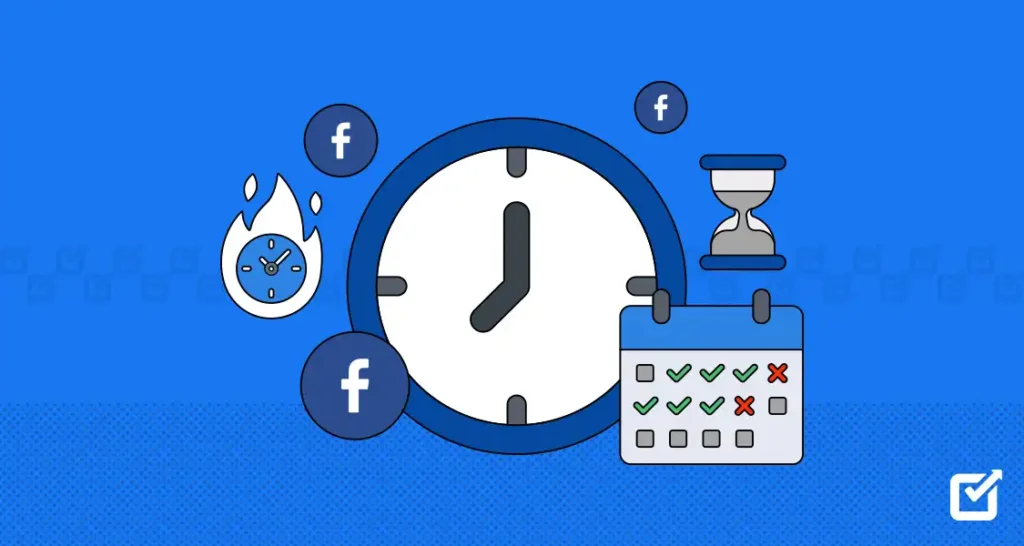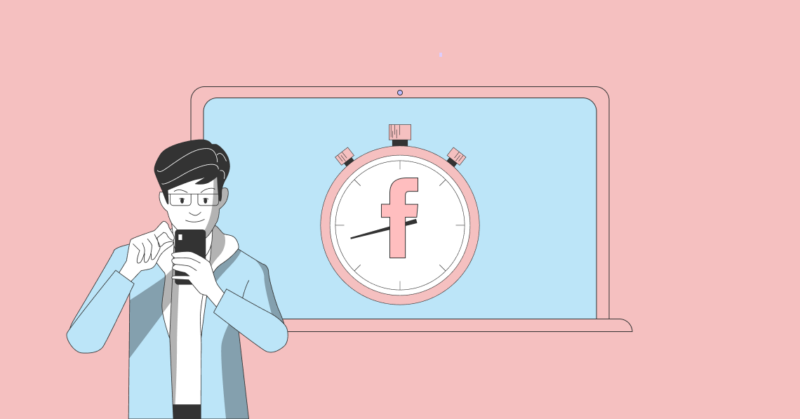The Best Time to Post on Facebook: Maximizing Your Social Media Impact
Certainly, Facebook, occupied over 3 billion active users, is now the largest social media site in the world. To optimise this huge traffic, one has to gain knowledge of the Facebook algorithms and ideal timing of posts in order to increase the engagement levels.
In this complete article we will explain when you should and shouldn’t post on Facebook and how properly to enhance your presence.
Why Timing is Important for Facebook Interaction
There are certain pros and cons depending on the time that will be chosen to engage on Facebook. There are authors who, for example, considering that it is possible to post at any time to attract attention, are mistaken. Facebook feed ranking depends on the activity, so the timing of the post can affect the intensity of the broadcast significantly.
There are times when posting on the social platform is most relevant and there are time when it lacks engagement; timing is an important factor that should not be overlooked when it comes to social media.
Leveraging Facebook Analytics
To establish the right time in Formula for posting on the Facebook page, utilize analytics. Certainly, Facebook Insights contains useful information pertaining to the audience, its interaction and behaviours, as well as its general profile. These are the sort of findings that, based on them, you can see the trends or the popular hours or the kind of content, and then decide when to post.
Audience Activity Trends
With the help of Facebook Analytics, one can find out numerous details regarding their audience’s activity. One of the fundamental aspects of understanding the behaviour of your audience in a given social platform is setting up a routine timetable of when to post to determine the best time. This ensures that your content gets out to the clients at the right time, right time meaning when they are most responsive.
Demographic Insights
Facebook Insights also gives a clue not only of when but who is interacting with your posts. Demographic analysis involves reviewing age, gender, location and specific interests of the target market and thus, the information put forward can be customized to suit specific groups of the population. For instance, if your target is the young generation who is more active in the evening, then try to post your contents when they are most likely to be online.
Behavioral Analysis
Whereas, there are conventional trends of activities on the basic Facebook page, Analytics provides an option to go deeper into user behavior. Thus, understanding which of the types of content, such as videos, images, articles, prove effective at a certain period helps develop a relevant content strategy to share the right content with the right audience at the right period.

Engagement Metrics
A vital aspect of posting schedules is related to the activity rates which include likes, comments, shares, and click-through rates. Facebook Analytics gives real-time figures of these parameters and makes it easy to establish that the timeline had most engagement at certain time. For instance, if you find out that most of your fan base is most active on a particular day say Wednesday between 9 a. m and 3 p. m , it will be wise to post your updates during that time.
Competitor Benchmarking
Other components of such post’s awareness can also be important for planning; for example, common knowledge of when your competitors post and performance of their posts. Facebook Analytics helps a user set up performance markers against competitors and obtain information concerning trends in the industry, which can be utilized for the purpose of tapping into new opportunities. Take should be taken if a competitor is posting frequently and gets high engagement on the particular date then in order to stand out use the particular date for posting more content.
Regular Optimization
The benefit here of using Facebook Analytics for posting times is the fact that this can be refined over and over again. Through measurements and analysis of specific engagement figures and communication frequency, it is possible to maximize results. It helps you to stay on your toes flexible of changes in the customers’ behavior or tastes in this iterative process.
To sum up, it can be stated that, indeed, Facebook Analytics can be considered as a rather effective facility that enables finding out the best time for sharing posts on the-defined social media platform. Thus, utilizing these data, you can develop an ideal scheduling strategy that ensures the broad exposure and enhanced interaction with the audience.
Best Hours to Post on Facebook
Based on extensive analysis and industry research, certain time slots have emerged as optimal for posting on Facebook:Based on extensive analysis and industry research, certain time slots have emerged as optimal for posting on Facebook:
Days
Optimal Timing
Monday
beginning at 9:30 in the morning until noon.
Tuesday
8. 00 a. m. – 2 p. m. , 5 p. m.
Wednesday
Some and other From 9 in the morning to 3 in the afternoon and 11 in the night.
Thursday
They work from eight in the morning to two in the afternoon and nine at night.
Friday
From 9. 00 a. m. through 11. 00 a. m.
On the other hand, it is advisable for one not to post at odd hours when the activity of the users is least, which is between 12:00 a. m. and 5:00 a. m. It is important to grasp these times when there is high demand and when there is low demand with your posts.
Experimentation and Measurement
However, as it will be pointed out later, the best times are recommended times depending on the target audience. Combined with this, posting should be conducted in a testing mode, as well as the frequency of posting must be adjusted according to activity metrics. Make a log of engagement levels depending on time and day of the week. From this data you can determine trends custom to your followers and learn how often you should post.

A Paper on Facebook Insight for Strategic Marketing
Analytics in Facebook are abundant and cover all aspects and stages of marketing strategy. These analytics include ranging from knowing audience’s demographic information, ad metrics to its performance. Successful marketing on the social networking site requires constant evaluation of the users’ feedback obtained from the Insights feature to help identify the most appropriate content and audience base for the business to target.
Conclusion
Over time, optimally managing one’s interactions with a site like Facebook truly involves the strategic planning of timing, statistical analysis, and a significant degree of trial and error. Using the Facebook Insights, knowing the audience, and adjusting the time of your posts, you can drive more results and get better outcomes in social media marketing. Make sure all the content put out is free of clutter, contains as much substance as possible, and be plugged into what’s trending in the constantly shifting environment that is social media marketing.
Not getting your message to the right people? If you have any problems concerning interaction, search engine ranking, layout, or proofreading, we are here to assist. You just have to call us and we are all ears to attend to your every need.

